I have one problem. I have program which has been wrote on Tkinter.
import Tkinter as tk
import ttk
def about_window():
print(root.child_window)
if not root.child_window:
top2 = tk.Toplevel(root)
top2.title("About")
top2.resizable(0,0)
explanation = "This program is my test program"
ttk.Label(top2,justify=tk.LEFT,text=explanation).pack(padx=5,pady=2)
ttk.Button(top2,text='OK',width=10,command=top2.destroy).pack(pady=8)
root = tk.Tk()
root.resizable(0,0)
root.child_window = None
#print(root.child_window)
root.style = ttk.Style()
# ('clam', 'alt', 'default', 'classic')
root.style.theme_use("clam")
menu = tk.Menu(root)
root.config(menu=menu)
fm = tk.Menu(menu, tearoff=0)
menu.add_cascade(label="Settings",menu=fm)
fm.add_command(label="Preferances")
hm = tk.Menu(menu, tearoff=0)
menu.add_cascade(label="Help",menu=hm)
hm.add_command(label="About", command=about_window)
hm.add_command(label="Exit",command=root.quit)
#
tk.mainloop()
So I can click on "About" label and will see window:

But is it possible in Tkinter to disable any next launch of the same window?

I`ve tried this https://stackoverflow.com/a/24886806/2971192 but w/o success.